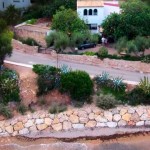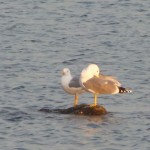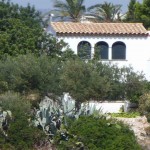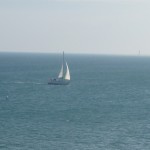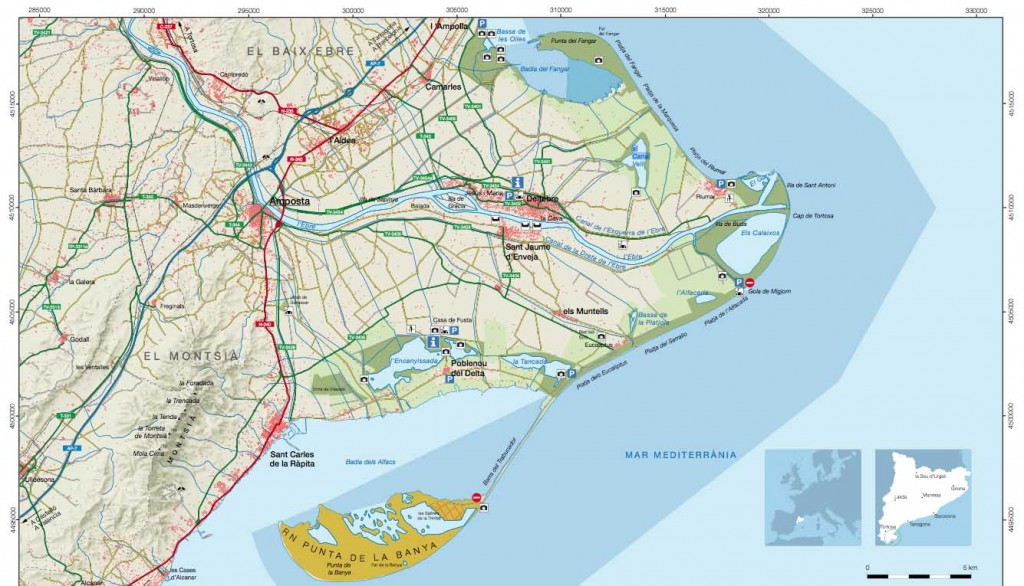The Villa is surrounded by two important natural parks:
1) DELTA DEL EBRO, part of UNESCO’s World Biosphere Reserve (Man and the Biosphere Programme).
This is the largest wetland in Catalonia, and one of the most important in the Mediterranean region The estuary of the river, which gives its name to this region, forms a first class nature reserve, with a richness of flora and fauna beyond compare. It has a total surface area of 7,736 hectares in the Baix Ebre and Montsià regions. Here, you will find many lagoons: La Bassa de les Olles, El Canal Vell, El Garxal, L’Alfacada, la Platjola, la Tancada and L’Encanyissada; as well as Buda, Sapinya and Sant Antoni islands; La punta de la Banya and El Fangar peninsulas, the Casablanca moorlands and Els Ullals de Baltasar (blow holes). As for vegetation, there are more than 500 different species including reedbeds, bulrushes, Eucalyptus and River Woodbines. Not forgetting rice, which is the star of the area and rice fields occupy lots of land in the delta. Regarding fauna, birds are very important here, with 50,000 to 100,000 examples of 300 different species. The humid climate is ideal for insects and invertebrates, and the differing degrees of salinity in the water means that there are also many different fish, including eels, red mullet and sea bass which live alongside other introduced fish like the Wels Catfish. Climatic conditions and the natural beauty of the land, give visitors some wonderful scenery to admire, where the water from the river and the sea plays a leading part. There are many routes and activities to choose from in the Ebre Delta and nearby towns and villages.
2) PORTS DE BESEIT
Els Ports Natural Park covers the Catalan area of the Els Ports mountains, a massif that passes the limits of Terres de l’Ebre and reaches into in the provinces of Teruel (Aragon) and Castellón (Valencian Community). These mountain ranges are very rich in fauna and flora and are in fact, a refuge for many endangered animal and vegetable species. The Hispanic Goat inhabits these lands, and the most southern area of beech trees in Europe is here too. Geological formations create a unique landscape, which is typical only in Catalonia. We cannot forget the historical ties that have been established between the villages which border the massif and the farmhouses in the area, which are now abandoned. The use of the natural resources here, such as hunting, livestock, removal of wood, the production of lime and resin, or the construction of snow wells, remind us of eras of intense human presence in this natural space. With the year 2001, the declaration of Els Ports Natural Park and the partial Nature Reserve of Fageda del Retaule, recognized the natural values of this, one of the most significant natural spaces in Catalonia and the second biggest after Cadí Moixaró Nature Reserve. Since then, it has been possible to visit different Interpretation Centres in the villages of Roquetes, La Sénia and Horta de Sant Joan, which help us to discover the natural and cultural wealth that lies hidden in these mountains.




